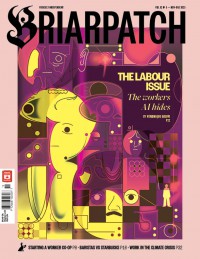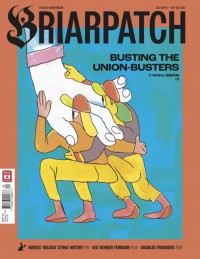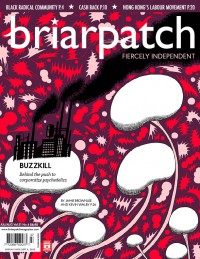-
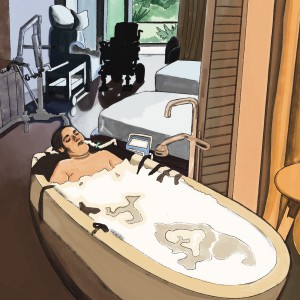 Magazine
MagazineDreaming of home care futures
Without a public home-care system, disabled people are forced to choose between living in a long-term care home, medical assistance in dying, and hiring an underpaid migrant home-care worker.
-

-
_300_300_90_s_c1.jpg) Magazine
MagazineDisability and the prison system
It’s not a coincidence that so many prisoners are disabled – the system was designed that way.
-
 Magazine
Magazine“They don’t know how to fight for this”
In year four of the COVID-19 pandemic, will unions fight for workers’ right not to get sick on the job?
-
_300_300_90_s_c1.jpg) Magazine
MagazineBlack radicalism has always included disability justice
In her new book “Black Disability Politics,” Sami Schalk highlights the Black disability justice activism overlooked by mainstream disability rights movements and writing.
-
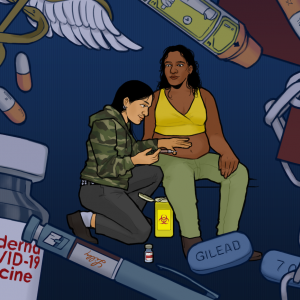 Magazine
Magazine“Health is capitalism’s vulnerability”
An interview with Beatrice Adler-Bolton on her new book “Health Communism: A Surplus Manifesto”
-
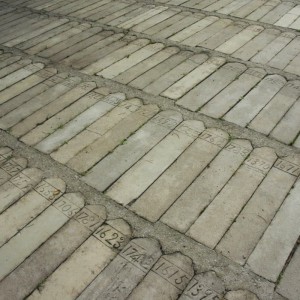 Magazine
MagazineClass inaction
Survivors are speaking up about the abuse they endured in Canada’s government-run institutions for disabled people. Class-action lawsuits promise them justice – but can they deliver?
-
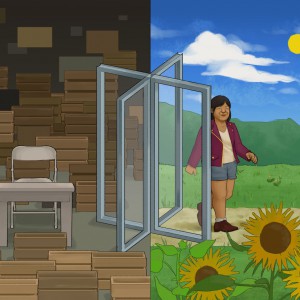 Magazine
MagazineExiting the revolving door
Sheltered workshops for disabled people allow employers to evade labour standards and pay workers below minimum wage, all under the guise of never-ending “training programs.”
-
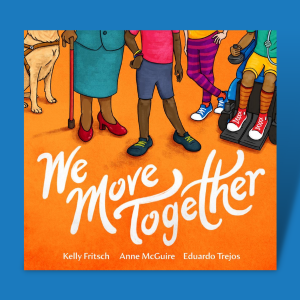 Magazine
MagazineKids review “We Move Together”
Five kids, from ages 6 to 13, review “We Move Together”, a children’s book about disabled people navigating their neighbourhoods and making friends along the way.
-
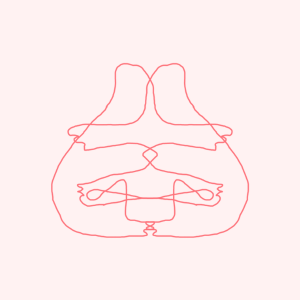
-
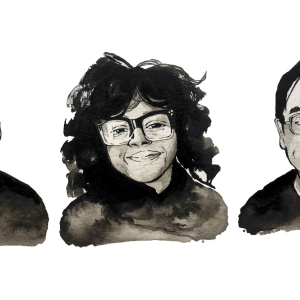 Magazine
MagazineRoundtable on long COVID in Canada
Three people living with long COVID discuss government responses to the pandemic, what doctors need to know, and how people can support long haulers.
-
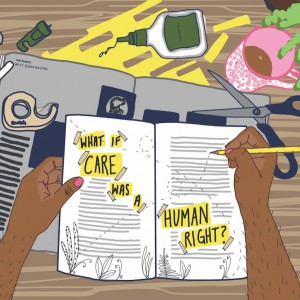 Magazine
Magazine“There are disabled people in the future”
An interview with Leah Lakshmi Piepzna-Samarasinha about “crip doulaing,” the future of the disability justice movement, and understanding access and care as joyful.
-
 Magazine
Magazine“We are fed the same way caged animals are”
To understand what life is like along the “continuum of confinement,” three people living in prisons and long-term care homes share the food they have eaten and eat every day.
-
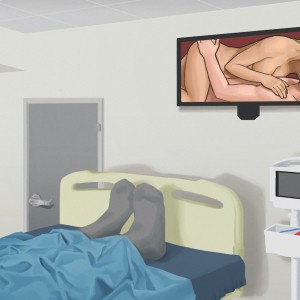 Magazine
MagazineFighting for the right to fuck
For more than a century, eugenicists have tried to eliminate disabled people through sexual sterilization. Today, disabled people’s sex lives are still surveilled, suppressed, and punished in institutions.
-
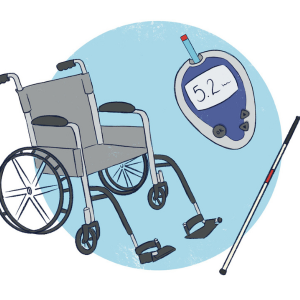 Magazine
MagazineCare without institutions
Four case studies of projects that are meeting disabled people’s needs through community care.
-
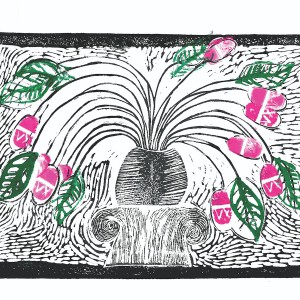 Magazine
MagazineThe pressure to be cured
Both professional and popular psychology are focused on “curing” individuals of distress. But without looking at a person’s social and political context, the pursuit of a cure can do more harm than good.
-
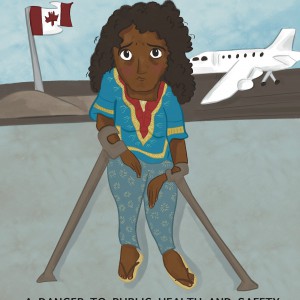 Magazine
MagazineMigration has always been a disability justice issue
An interview with Ameil Joseph about the history and present of Canada’s discriminatory treatment of disabled migrants
-
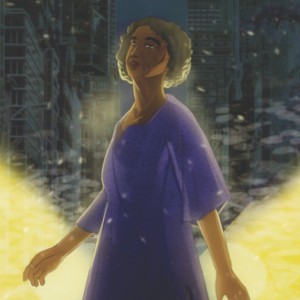 Magazine
MagazineWalking with my mother
In 2017, my mother was diagnosed with Alzheimer’s. The city she once navigated with ease became dangerous and confusing, and I learned that it was worsening her symptoms. As a daughter and an urban planner, I wondered: what would a city built for disabled people’s safety and ease look like?
-
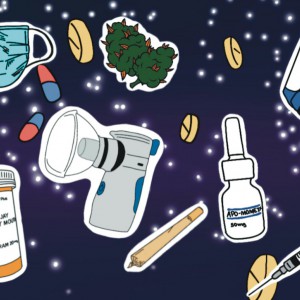 Magazine
MagazineWhat we need to be well
There’s a big overlap between communities of disabled people and illicit drug users. A safe supply of drugs should be considered a fundamental part of disability justice.
-
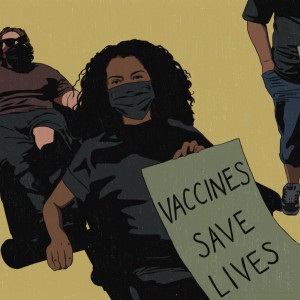 Magazine
MagazineTerry Fox, the Freedom Convoy, and disability politics
Terry Fox is the most famous disabled person in Canadian history, a figure who “united the country” during his cross-country marathon. Now, Fox’s iconography is being used to support the Freedom Convoy’s anti-vaccine, anti-mask agenda. What kind of unity does Fox really represent?

